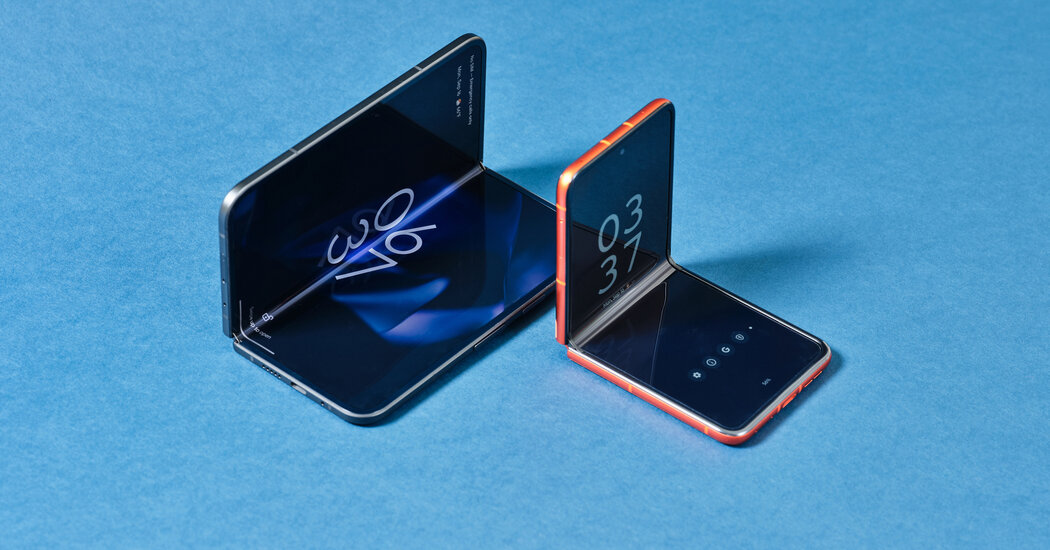Let’s be real. The rectangular design of the quintessential smartphone is getting stale for lots of people, including this graying gadget reviewer. That’s why the next phone I buy won’t be another “same, same” iteration of the iPhone. It will be a foldable, a phone with a bendable display that flips open like a book to increase its screen size and closes up to fit in my pocket.
These folding phones, from companies like Samsung, Motorola and Huawei, have been getting buzz since their debut in 2019 thanks to their novel design. But they remained niche because of issues with software and durability. And at upward of $1,500, they were too expensive.
A shift is underway. The devices keep getting better, and some are becoming cheaper. IDC, the research firm, predicts that handset makers will ship 25 million foldable phones this year, up nearly 40 percent from last year.
After testing two different sizes of foldables that arrived in stores this summer — Motorola’s small $700 Razr and Google’s jumbo $1,800 Pixel 9 Pro Fold — I’m convinced that phones with bendable screens will become mainstream in the next few years.
Most of the issues have disappeared. The Razr resembles a compact mirror and unfolds to become a traditional smartphone. The Pixel 9 Pro Fold looks like a normal smartphone when closed up, but unfolded, it transforms into a tablet.
Both devices demonstrate that bendable screens are no gimmick. They can become even more useful than a traditional smartphone. Above all, they are more than adequate devices for those wanting to try something different.
